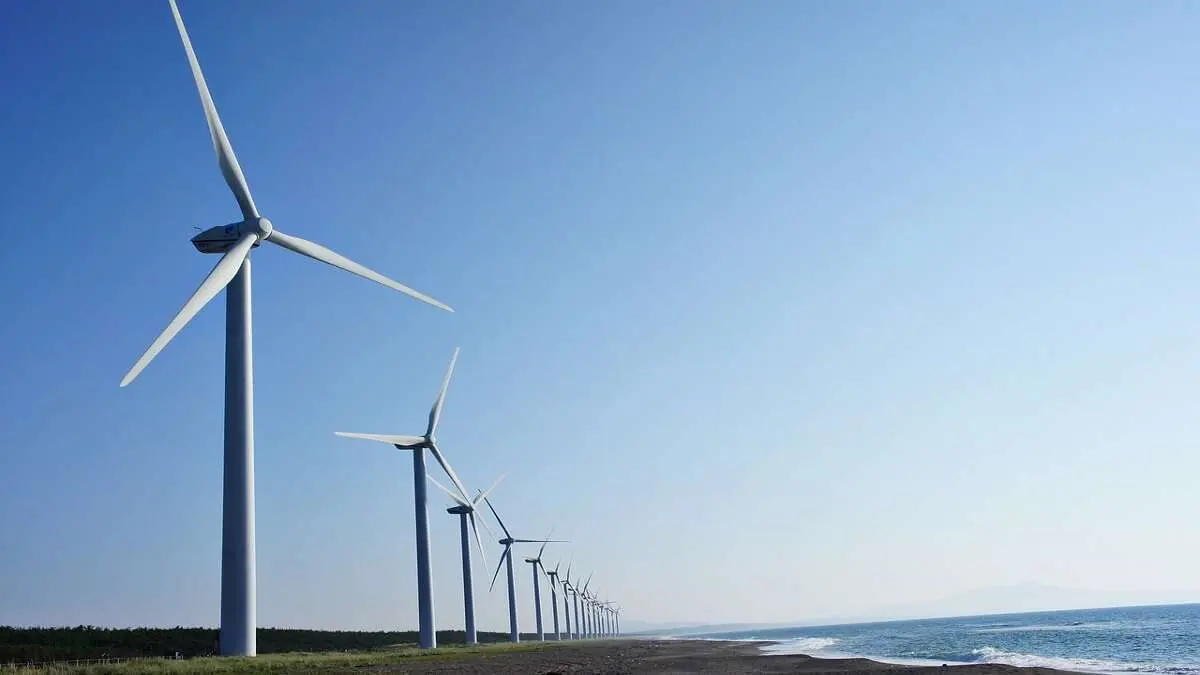The answer lies in the wind... from the North Sea

It has almost gone unnoticed, but it is surely one of the most gigantic projects for the transformation of at least part of the European Union. It is what has been agreed in the Belgian port city of Ostend by the heads of state and government of Germany, Denmark, the Netherlands, France, Ireland, Norway, the United Kingdom, Luxembourg and Belgium itself: a mega wind power plant in the North Sea, consisting of the massive deployment of offshore wind turbines, with a production capacity of over 300 gigawatts of electricity in 2050, or the electricity consumption of 300 million households.
Initially, the project brought together only the Germans, Danes, Belgians and Dutch, who have now been joined by the other five governments, including the UK and Norway, now linked to the EU by agreements other than full membership. The fact that it has been initialled at the highest level by all nine countries, with the assistance and blessing of European Commission president Ursula Von der Leyen, sends a powerful message that the EU has embarked on a path of no return to renewable energy, both to wean itself off Russia's pernicious dependence on oil and gas and on fossil energy in general.
The financial investment required for such a mega-project is no less than 800 billion euros, which will be financed both by the EU and by the signatory countries themselves, whose contribution will depend on the amount of electricity they consume. It is also estimated that 250,000 specialised jobs will be created to build, site and connect the colossal network of wind turbines, which will also experience an important qualitative leap in the research and development of this energy. Furthermore, the entire grid will be connected to those of the nine signatory countries, including Luxembourg, which, although it does not have a coastline, has been assimilated to the status of "coastal country".
Like any mega-project, not everything is rosy, and it will have to overcome a great deal of resistance before it can be set up and definitively implemented. The first and most important of these is the need to obtain sufficient industrial capacity to build the wind turbines. Suffice it to say that this capacity would currently allow the incorporation of around 7GW per year, and if the desired target is to be reached, the figure should rise to 22GW per year. There is therefore a lot of work to be done. The second major problem will be the clash with environmental groups and those who make their living from fishing, who have already announced an all-out fight against the project, believing that the wind turbines will seriously disrupt the marine ecosystem, with particular influence on fishing, both artisanal and industrial. In fact, protests are already taking place in France, which is planning a large offshore wind platform in Dunkirk, and in Belgium, whose artificial island just ten miles off Ostend, which will be one of the main pillars of the mega-project, is due to start construction next year.
Both the host for the signing of the agreement, the Belgian Prime Minister Alexander De Croo, and the French President, Enmanuel Macron, advocated the launch of an intensive educational campaign and dialogue with the sectors concerned, to convince them of "the undeniable benefits of the implementation of a mega wind farm that will make the EU the world leader in electricity production using this technology". Moreover, the project will be hybrid, i.e. it will also produce green hydrogen, the clean fuel that will play a decisive role in replacing the most polluting forms of energy.
The North Sea, which has multiplied the prosperity of Norway and the United Kingdom in particular, thanks to its large oil fields, can now undergo a decisive transformation towards the production of much cleaner energy, taking into account its optimal physical conditions: shallow, uniform water depth and constant winds on its surface.
The rich and prosperous north of Europe is therefore clearly ready to maintain its leadership in the crucial area of energy production and supply. This is a good example, which should serve as a spur to the countries of southern Europe to perhaps do the same with their own abundant source of energy, the sun, and implement research, development, implementation and interconnection of the same. Also, with its corresponding reluctance and resistance, as is already being seen in not a few territories with ancestral agricultural traditions. But nobody said it would be easy.

